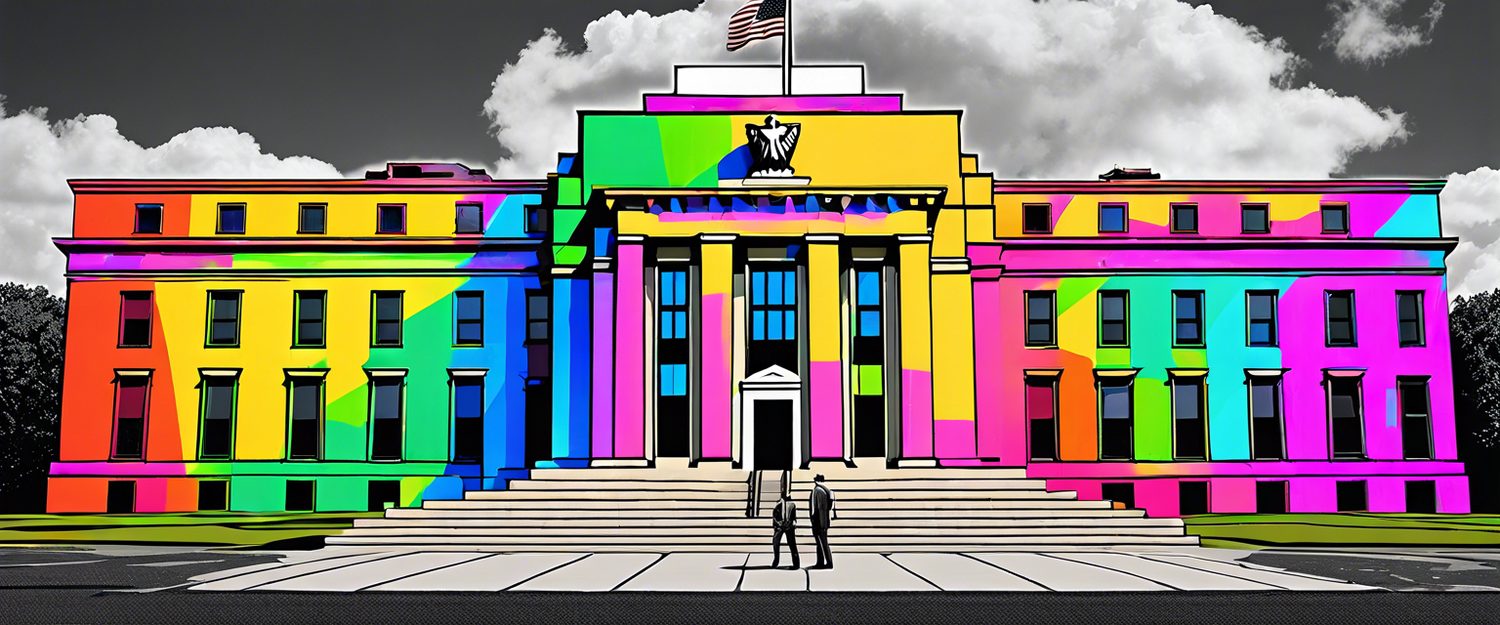The Future of Federal Reserve Monetary Policy: Insights for 2025
As we approach the year 2025, recent reports from BlockBeats indicate significant shifts in the Federal Reserve's monetary policy landscape. Analysts from various investment banks have pointed out an intriguing development: a group of slightly hawkish Federal Reserve regional presidents are set to gain voting rights on the Fed's rate-setting committee, which could reshape discussions around interest rate adjustments.
Understanding the Implications of the New Voting Members
With new voting members in place, the dynamics within the Federal Open Market Committee (FOMC) may change substantially. These regional presidents have historically leaned towards a more conservative stance concerning interest rate cuts, which suggests a possible increase in dissenting voices during deliberations.
Jerome Powell's Role in Shaping Policy Decisions
Michael Feroli, Chief U.S. Economist at JPMorgan, emphasized that while differing opinions may emerge from regional presidents, Jerome Powell, the Chair of the Federal Reserve, is expected to wield considerable influence over policy direction. This central role indicates that despite potential conflicts within the committee, Powell's perspective will ultimately guide decisions.
The Potential for Increased Dissent
The anticipation of increased dissent highlights the complexity ahead for the Fed as it grapples with economic conditions and inflationary pressures. The recent opposition from the Cleveland Fed President exemplifies this trend. Dissenting opinions among committee members can lead to more robust debates, which could either delay or accelerate the timing of interest rate cuts based on ongoing economic assessments.
Key Factors Influencing Monetary Policy in 2025
Several factors will play a pivotal role in determining the course of monetary policy in the coming years, including:
- Inflation Trends: Persistent inflation could compel the Fed to maintain a cautious approach to cutting rates.
- Employment Rates: Changes in job growth and unemployment rates will heavily influence policymakers' decisions.
- Global Economic Conditions: International events and economic developments will also impact domestic monetary policy considerations.
Conclusion
As the landscape of the Federal Reserve continues to evolve, it is crucial to monitor the emerging trends and sentiments within the FOMC. The engagement of new regional presidents with hawkish views may lead to more dynamic discussions on monetary policy. Investors and market participants should stay informed about these developments as they work to understand the potential ramifications for interest rates and the economy as a whole.



Leave a comment
All comments are moderated before being published.
Trang web này được bảo vệ bằng hCaptcha. Ngoài ra, cũng áp dụng Chính sách quyền riêng tư và Điều khoản dịch vụ của hCaptcha.